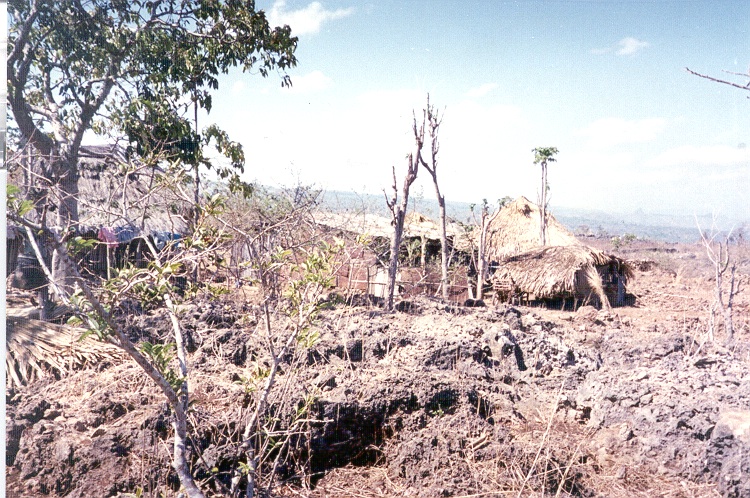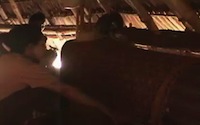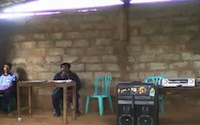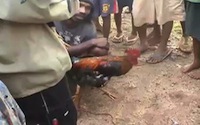
Project Summary:
The main phase of the Waima’a documentation project ran from 2002-2006. The team adopted a community-based approach to the documentation. The basic documentation work (recording, first transcript, and translation into Tetum and Malay) was done by native speakers, in particular Maurício Belo. The focus here was on providing for a wide variety of genres of speech and associated cultural activity. The researchers from Germany and Australia prepared the documents for archiving and added information on setting, culture and linguistic structures.
- The corpus contains a highly diverse set of naturally occurring communicative events, including rain invocation chants and mourning songs, drunken speech, taking cock fighting bets, everyday chatting while peeling peanuts or binding flowers, political discussion and, of course, folktales and personal and historical narratives.
- A part of the recording is annotated in Elan-files.
The Documentation Team:
The project was put together and carried out by Nikolaus P. Himmelmann (at the time Ruhr-Universität Bochum, now Universität zu Köln), John Bowden (currently Jakarta Field Station, MPI Leipzig), and John Hajek (University of Melbourne). The main documentation work was done by Waima’a speaker Maurício Belo and supported by Alex V. Tilman.
Waima’a is an endangered Austronesian language from the world’s newest independent nation, Timor Lorosa’e (East Timor). Local tradition has it that the name Waima’a is derived from the words wai ‘water’ and ma’a ‘empty’. The Baucau plateau on which Waima’a is spoken is one of the driest regions in East Timor.
The primary focus of this documentation project is the village of Caisido, which is located about ten kilometres to the west of Baucau, East Timor’s second largest city (population ca. 20.000). The precise extent of the Waima’a speaking area and dialectal variation remain to be determined.






